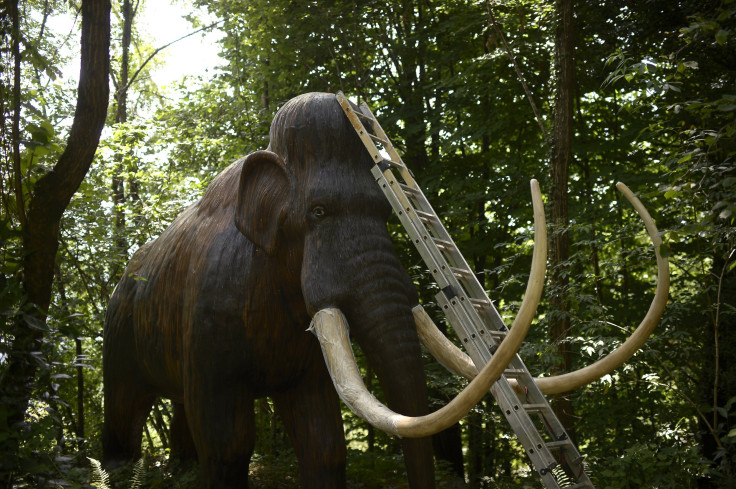Woolly Mammoth Genome Sequence Completed: Details About Extinction Revealed, Cloning Made Easier

A team of international experts have put together the complete genome sequence of the woolly mammoth to study the species that lived until about 4,000 years from now. Scientists said Thursday that the first two genomes that were put together showed that the species had faced a massive loss of genetic diversity before it perished.
The DNA for the study came from the carcasses of two mammoths -- a 45,000-year-old carcass found in Siberia and a 4,300-year-old mammoth from the Wrangel Island. The characteristic of inbreeding, which is the process of forming offsprings by mating or breeding of individuals or organisms that are closely related genetically, was noticed in the Wrangel Island mammoth, Reuters reported. However, it was not certain if inbreeding led to the extinction of the species.
"The individual from Wrangel Island, which was one of the last surviving woolly mammoths in the world, had a much lower genetic variation compared to the other, more ancient individual," Love Dalén, a genecist at the Swedish Museum of Natural History, said, according to Reuters, adding: "The reason for this difference is that the Wrangel individual's genome contained a large number of tracts with no variation at all, which is a pattern that is typical in very small populations where most matings occur between distant relatives."
A team of scientists from the U.S. also inserted mammoth genes into elephant stem cells to find out more about the characteristics of the species, BBC reported, citing a study published in the journal Current Biology. These scientists are trying to figure out how the species survived over generations, even after ice age.
Dalén also told the BBC that the publication of the full DNA sequence of the mammoth would be useful for those trying to bring back life to the species. "It would be a lot of fun (in principle) to see a living mammoth, to see how it behaves and how it moves," Dalen told the BBC, adding that he wished the research was not used for this purpose. "It seems to me that trying this out might lead to suffering for female elephants and that would not be ethically justifiable."
The San Francisco-based Long Now Foundation, however, is working toward that goal and aims to begin cloning trials by 2018. It is attempting to “produce new mammoths that are capable of repopulating the vast tracts of tundra and boreal forest in Eurasia and North America,” the BBC reported, citing the foundation's website, adding: “The goal is not to make perfect copies of extinct woolly mammoths, but to focus on the mammoth adaptations needed for Asian elephants to live in the cold climate of the tundra.”
As the experts try to create mammoth red blood cells in order to understand more about the physiology of the animal, some say the process would face many challenges.
"There is an enormous difference between having a cell living in a dish in a lab whose genome contains a few changes and having a living animal that is a little bit mammoth-like," Prof Beth Shapiro of the University of California, Santa Cruz, said, according to the BBC, adding: "We'd have to use that cell to create an embryo, get an embryo into a maternal host, and establish a pregnancy and hope that pregnancy was successful."
© Copyright IBTimes 2024. All rights reserved.






















